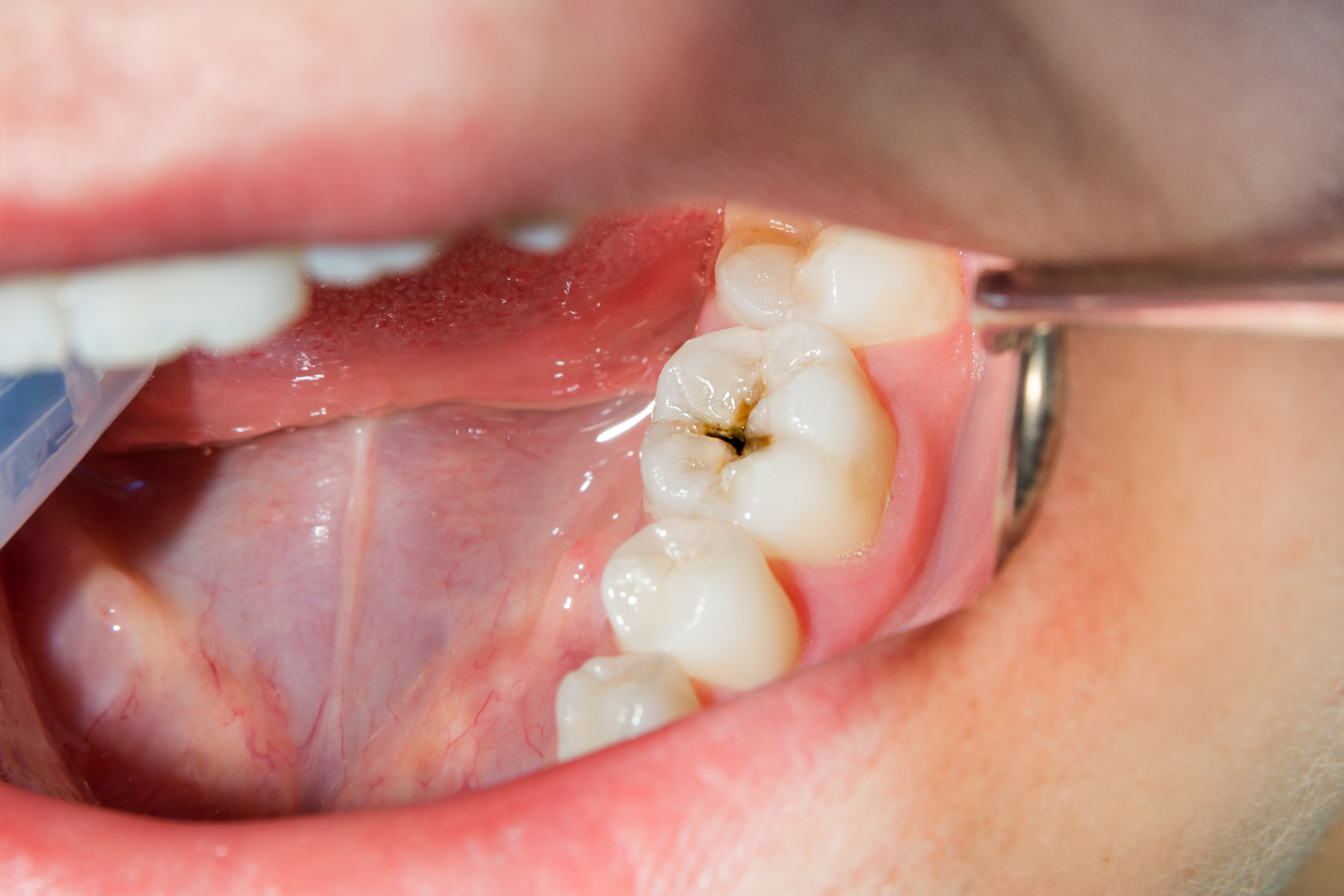Tooth decay is a significant problem for many people. It can cause intense pain and leave your teeth looking ruined. Sometimes it even results in tooth loss.
However, most people have never heard of tooth decay stages. Knowing the tooth decay process can help you reverse it or understand when to seek help from your dentist.
To learn more about the stages of tooth decay treatment, keep reading to discover them all.
Stage 1: Initial Demineralization
The first stage is the initial demineralization of the enamel. The tooth may appear healthy, but a small white spot on the surface indicates the loss of minerals.
This stage is reversible with proper oral hygiene. Brushing twice daily with fluoride toothpaste, flossing regularly, and using mouthwash can help remineralize the enamel and prevent further decay.
Stage 2: Enamel Decay
If the demineralization continues, the tooth decay progresses to the enamel decay stage. The enamel starts to break down, forming a cavity or hole in the tooth. It may cause sensitivity to hot or cold temperatures at this stage.
It is essential to visit a dentist to get the cavity filled. The dentist will remove the decayed part of the tooth and fill the hole with dental filling material, restoring the tooth’s structure and preventing further decay.
Stage 3: Dentin Decay
The decayed tooth enters the third stage, advancing beyond the enamel and reaching the dentin. The dentin is softer than the enamel and contains tiny tubules that lead to the tooth’s nerve center.
As the decay progresses, the bacteria and acid reach the dentin, causing increased sensitivity, pain, and discomfort. A dental filling might not be sufficient at this stage, and a dental crown may be required to protect the tooth and restore its function.
Stage 4: Pulp Involvement
If left untreated, tooth decay can penetrate the dentin and reach the innermost part of the tooth, called the pulp. The pulp contains blood vessels, nerves, and connective tissues. When the decay comes to the pulp, it causes severe pain, inflammation, and infection.
Root canal treatment becomes necessary to remove the infected pulp and save the tooth. During a root canal procedure, the dentist removes the infected pulp, cleans the root canals, and seals them with a filling material.
Stage 5: Abscess Formation and Tooth Loss
In the final stage of tooth decay, an abscess may form around the tooth’s root. During this stage, the infection can lead to excruciating pain and swelling.
Seeking immediate help from a local dental implant dentist is crucial to address the situation effectively. The dentist will assess the extent of the infection, provide appropriate treatment, and explore options for replacing the lost tooth, such as dental implants.
Acting promptly can prevent further complications and restore oral health and the functionality of the affected area.
Different Tooth Decay Stages
Understanding the different tooth decay stages is vital for maintaining good oral health. Practicing proper oral hygiene, visiting the dentist regularly, and addressing dental issues promptly can help prevent tooth decay and the need for extensive treatments.
Remember to brush and floss daily, use fluoride toothpaste, limit sugary foods and drinks, and schedule regular dental check-ups. By taking these steps, you can protect your teeth, maintain a healthy smile, and find relief from tooth decay at an early stage.
We have plenty of informative articles available to you throughout our site. Check them out!






